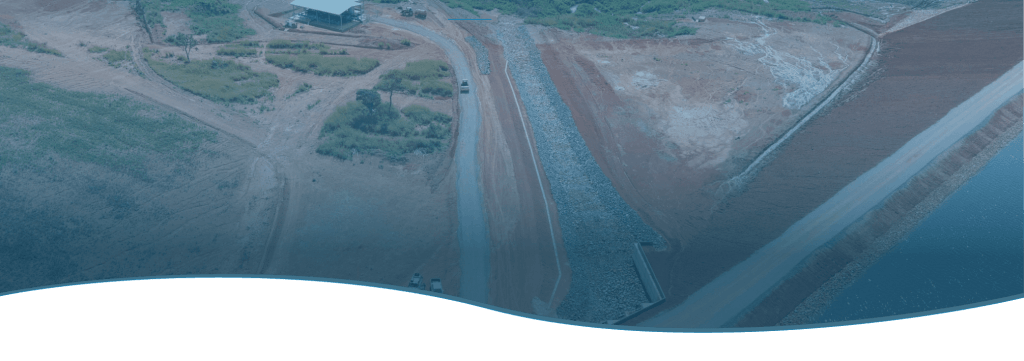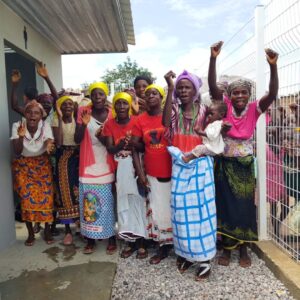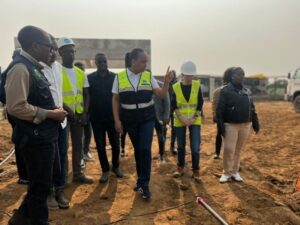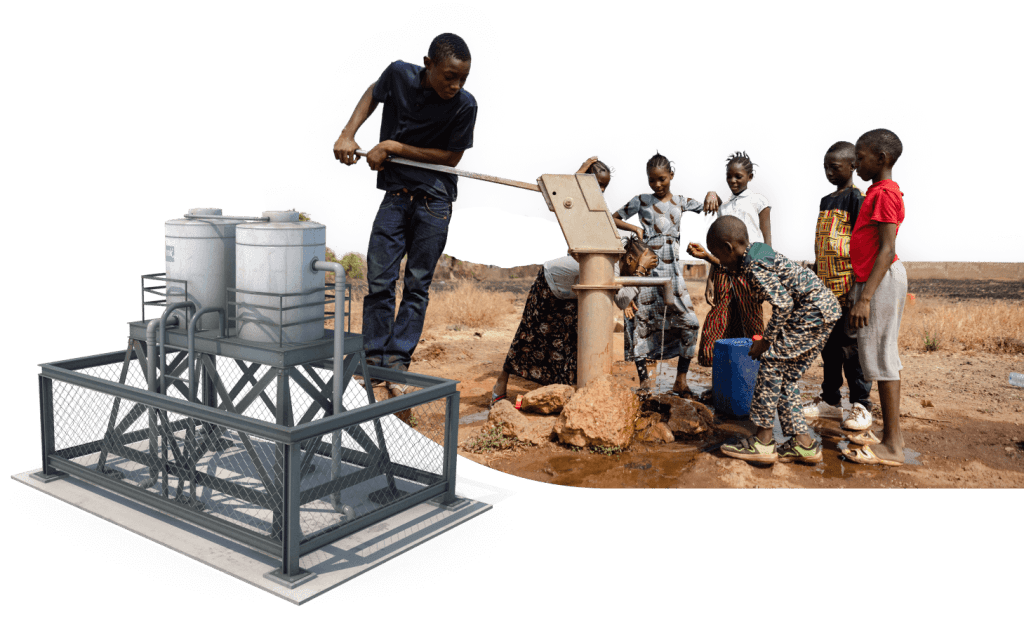Over the last sixty years, Sub-Saharan Africa has led the globe in urban expansion, with cities swelling as millions move from rural to urban living. By 2023, the urban population in Sub-Saharan Africa had risen to over 532 million, representing 42.91% of the population. By 2050, projections indicate that this trend will continue, with urban populations expected to double, making sustainable urban infrastructure an urgent priority.
This surge in urbanization, combined with the escalating impacts of climate change, has intensified the need for resilient infrastructure—particularly in water supply and sanitation. In Angola, government-led initiatives are addressing these challenges by building sustainable water infrastructure that aligns with the United Nations Sustainable Development Goals (SDGs), notably SDG 6: Clean Water and Sanitation.
As climate change brings more severe droughts, erratic rainfall, and groundwater depletion, the need for sustainable water management has never been clearer. Angola, like many countries in Africa, faces the dual challenges of meeting its growing urban demand while adapting to the pressures of climate variability. In Cabinda Province, the Santana André Pitra “Petroff” project in Chibodo II reflects Angola’s commitment to SDG 6 by providing a dependable water supply and comprehensive wastewater management for a population of approximately 22,000 people. The project secures water resources, and moreover is designed to endure future challenges, positioning Angola at the forefront of climate-responsive urban water solutions.

Meeting WHO standards for drinking water quality, the Chibodo II project goes beyond basic infrastructure to ensure the health, safety, and well-being of urban residents. Access to safe, clean water is a cornerstone of public health and aligns directly with SDG 6.1, which emphasizes universal and equitable access to safe drinking water. In parallel, the project’s wastewater treatment facilities prevent pollution, improve sanitation, ensuring proper hygiene and a significant improvement in sanitation within the community.

The Chibodo II project features a robust infrastructure, including a reinforced concrete reservoir, HDPE pipelines, fiber optic networks, and emergency backup systems. With over 5 kilometers of pipeline infrastructure and a 3,000 m³ capacity reservoir, this project ensures reliable water distribution across the community, safeguarding access during periods of climate-induced water stress. The wastewater treatment plant, with a capacity to treat up to 4,000 m³ per day, employs advanced processes like IMHOFF tanks, percolator beds, and biofilters, improving water quality by reducing pollution, eliminating dumping, and minimizing hazardous waste.

Beyond its technical achievements, this project has brought considerable social and economic benefits to the region. During construction, hundreds of jobs were created, providing income and skill-building opportunities for local workers. Moving forward, the system will require skilled technicians for ongoing operation and maintenance, creating long-term employment and strengthening local expertise in water management. This focus on capacity-building contributes to the project’s sustainability, fostering community resilience and economic empowerment.
While substantial progress has been made, the journey toward universal water access continues. Expanding projects such as the one in Caxito (servin 7,500 people), Cabinda (22,000 people), Cunene (7,000 people), and Bailundo (25,000 people) are pivotal steps in closing the gap.
As more Angolan communities gain access to safe water and effective sanitation, public health outcomes improve, and the nation edges closer to its vision of universal water access. These efforts are not merely about providing a basic service; they are about building resilience, ensuring that Angola’s urban populations can thrive in a rapidly changing world.

As urbanization and climate change continue to reshape Africa, Angola’s investment in water infrastructure serves as a blueprint for sustainable growth. The Chibodo II project in Cabinda as others in various provinces mentioned before, demonstrates the power of innovative water solutions to transform communities, protect public health, and create a sustainable future for all.





